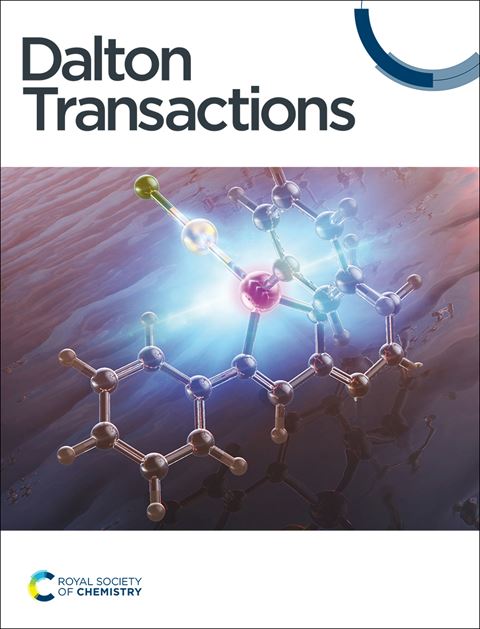Charge optimization induces reconstruction via compounding Ni(OH)2 and CoP: a novel route to construct electrocatalysts for overall water-splitting
IF 3.5
3区 化学
Q2 CHEMISTRY, INORGANIC & NUCLEAR
引用次数: 0
Abstract
Electrolytic water-splitting has the advantages of high efficiency, environmental friendliness, and sustainability. It is becoming a leading approach for producing hydrogen. In order to improve the efficiency of water-splitting, a bifunctional electrocatalyst with high performance is needed. Herein, we present a novel approach to construct a bifunctional electrocatalyst for overall water-splitting by compounding Ni(OH)2 and CoP. This combination induced charge optimization, thereby leading to surface reconstruction. The nanocomposite displayed outstanding catalytic performance, benefiting from its more reactive surface area, improved conductivity and enhanced electrocatalytic activity. The resulting Ni(OH)2/CoP electrocatalyst exhibited excellent catalytic performance, with low overpotentials of 266 mV at 50 mA cm−2 for the OER and 71 mV at −10 mA cm−2 for the HER, and required only 1.54 V to reach 10 mA cm−2 in an overall water-splitting device, overtaking most of the recently reported Co- and Ni-based catalysts. This innovative strategy offers new directions for the design of efficient electrocatalysts.

求助全文
约1分钟内获得全文
求助全文
来源期刊

Dalton Transactions
化学-无机化学与核化学
CiteScore
6.60
自引率
7.50%
发文量
1832
审稿时长
1.5 months
期刊介绍:
Dalton Transactions is a journal for all areas of inorganic chemistry, which encompasses the organometallic, bioinorganic and materials chemistry of the elements, with applications including synthesis, catalysis, energy conversion/storage, electrical devices and medicine. Dalton Transactions welcomes high-quality, original submissions in all of these areas and more, where the advancement of knowledge in inorganic chemistry is significant.
 求助内容:
求助内容: 应助结果提醒方式:
应助结果提醒方式:


